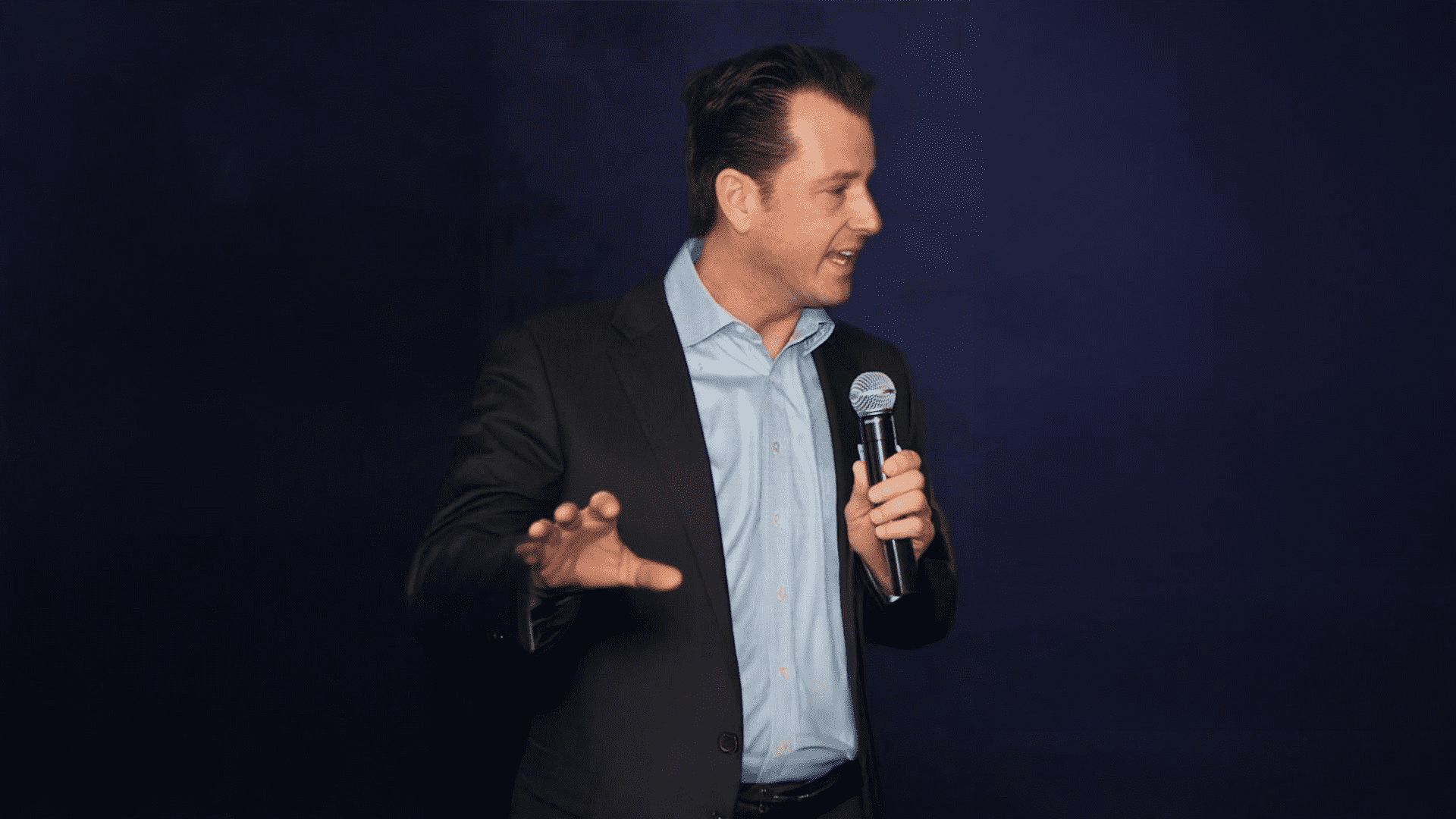Trained as an economist, Jonathan W. Buckley began his career in the federal government before moving into telecom and later Arthur Andersen’s consulting practice, where he advised major technology players including Sun Microsystems. By the late 1990s, Buckley joined the founding team of NetBrowser Communications.
“I was the chief operating officer, responsible for everything from sales to accounting. But it was through the coaching of our chairman of the board that I was pushed toward marketing and business development,” Buckley says. It was an experience that shaped the rest of his career, leading him to serve as CMO for both public and private tech companies in Silicon Valley before founding The Artesian Network, a team of marketing professionals focused exclusively on scaling early stage B2B technology companies. With more than three decades of experience across consulting, operations, and marketing, Buckley has built a reputation as an advisor who sees business growth as a system rather than a set of disconnected tactics.
Building credibility as a trusted advisor
For Buckley, the foundation of credibility lies in consistent accuracy and proven results. “You have to be more right than wrong as a function of time. No one is right 100% of the time, but if you are right eight or nine times out of ten, outcomes follow,” he says.
The Artesian Network boasts an exceptional record: more than half of its early stage clients have exited through IPO or acquisition, while most of the others have secured higher rounds of financing.
Advisors must “earn the right to talk tech,” says Buckley. “If you can’t speak credibly with engineers about product intricacies, you will never bridge the gap between business and technology. An advisor is ultimately a translator between the two.” Setting the right trajectory early matters too; messaging, positioning, and brand presence all become variables that heavily influence long-term outcomes.
Merging intuition with data
Effective advisory work combines both art and science. “Art comes from pattern recognition over time with many companies, products, and models of entering the market. Science comes from the data you measure and analyze,” he says.
The rise of artificial intelligence hasn’t changed his view here. While tools like ChatGPT and other AI platforms offer valuable input, he stresses that they do not replace intuition. “Ideas come from human experience and intuition. AI is a good contributor, but the artfulness of the prompt engineer determines the quality of the outcome. You cannot eliminate the human element.”
Principles for turning technology into outcomes
Inspired by Clayton Christensen’s Innovator’s Dilemma, and specifically the idea of asking why a customer “hires” a product, Buckley has built his own set of principles around turning technology into business outcomes. “You must understand the real economic value being delivered. Too often, tech people create for other tech people, but the buyer may see very different value,” Buckley explains.
His first complementary principle is translation: Buckley views part of his role as converting technical features into business language that resonates with decision-makers. “You need to continuously answer the question of why the product was hired, not just list its features.”
The second principle focues on understanding total economic value in order to price, position, and message products correctly. As he explains, “Many companies default to discounting to win. Instead, they should focus on the measurable value their product delivers, which allows for more accurate pricing and stronger positioning.”
Above all, Buckley stresses patience in building a reputation. “You are not going to be one post away from being an industry pundit. Trust and credibility are functions of time. Many posts, many companies, many successes and failures all add up.”
Readers can follow Jonathan W. Buckley’s work on LinkedIn or visit his website.





























